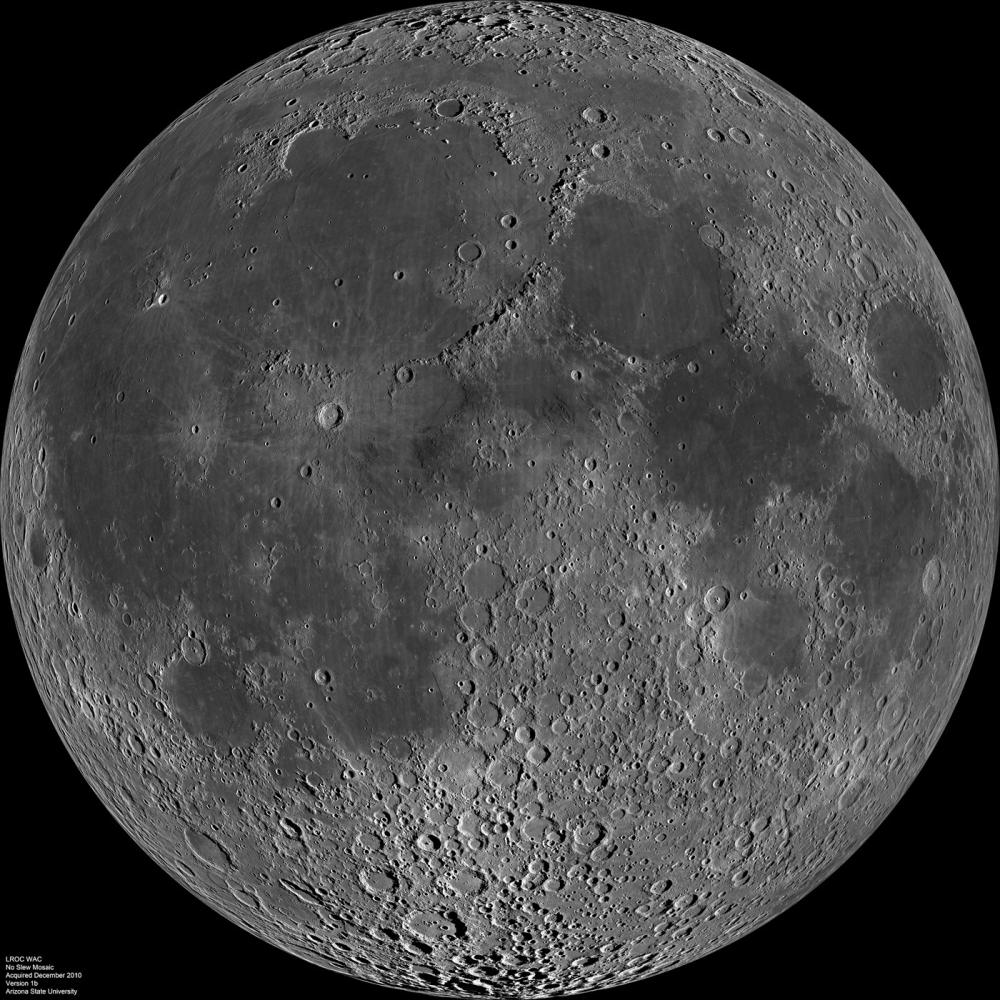Source: http://photojournal.jpl.nasa.gov/catalog/PIA14011
The moon is an elliptical orbit around the Earth, meaning that its distance from the Earth can vary from a minimum of 357,000 km to a maximum of 407,000 km (the average perigee and apogee are 363,300 km and 405,500 km, respectively, and the variation over the course of the year is due to the Sun's gravitational influence as the Earth and Moon move along their orbit throughout the year).
The coincidence of a full moon and the perigee (closest distance) is what dictates a Supermoon, which is what will occur on Saturday. Not only is this when the moon is at perigee, it is on the closest edge of the range of orbital perigees locations. The effect will be most noticeable when the Moon is rising/setting as objects on the horizon lend scale to the night sky.
It should be beautiful if the clouds permit :)
For more information on this Saturday’s supermoon:
http://www.accuweather.com/en/outdoor-articles/astronomy/supermoon-alert-biggest-full-m/64627
Update: While I'm not really a photographer, my friend Brian is! Check out his great image of the Supermoon last week:
Image Source: Brian Persten :)


No comments:
Post a Comment
Thanks for your comment! It will be posted as soon we review it.